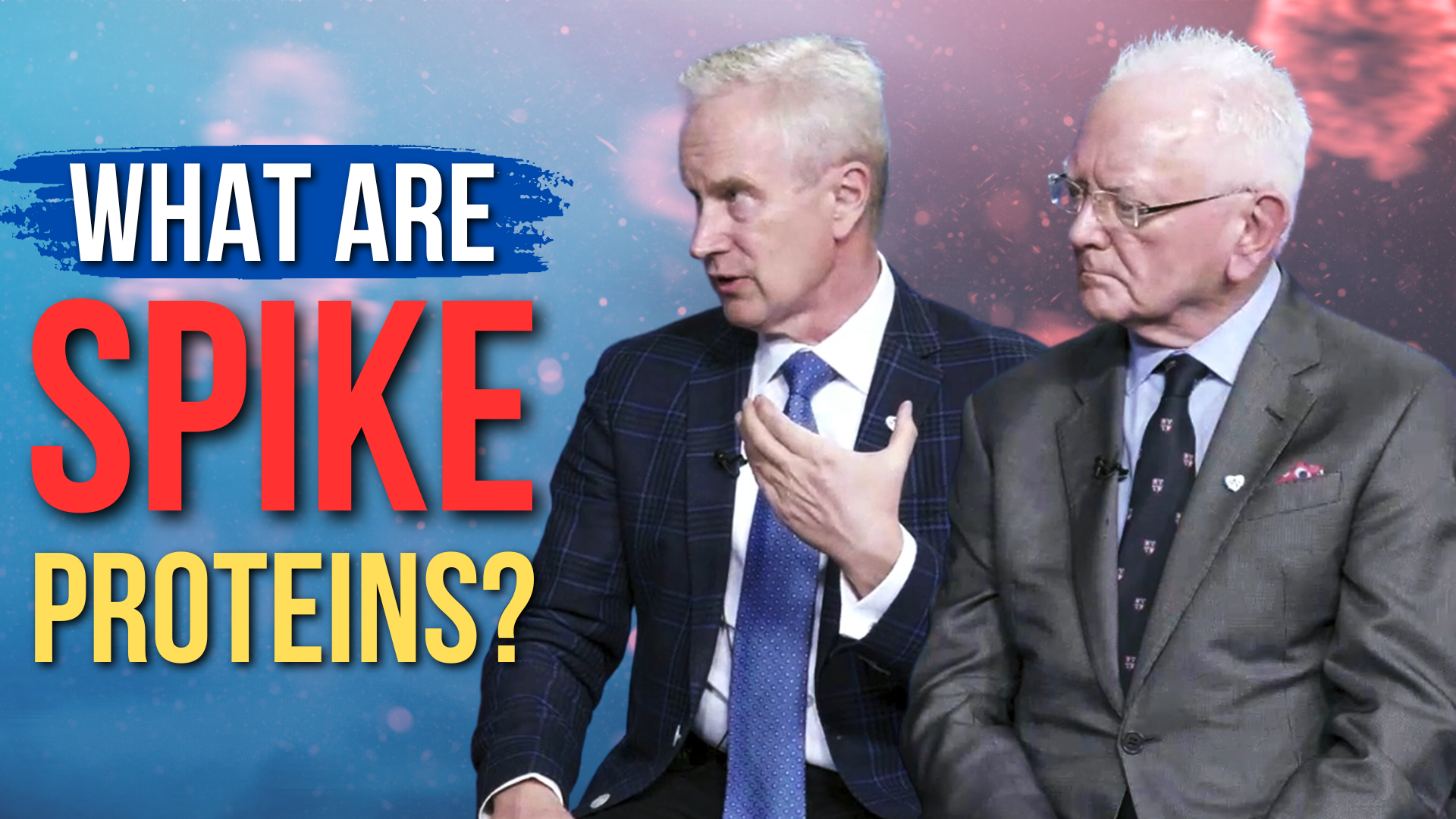Health
Spike Proteins 101: What You Need to Know to Keep Yourself Safe
It’s now known that spike proteins linger in the body, potentially causing damage to vital organ systems. But recent research has shed light on potential strategies to mitigate the effects of the spike protein.

(Note: Thank you for supporting this sponsored message, which helps keep this site running to bring you uncensored news.)
Spike proteins remain a top concern in the aftermath of COVID, given their role in COVID-19’s infectious mechanisms and their presence in mRNA vaccines. The Wellness Company in Dallas recently convened an impressive panel of experts for a symposium dedicated to spike proteins. Spearheaded by Dr. Naomi Wolf, the event featured insights from experts including doctors Paul Alexander, William Makis, Heather Gessling, Peter McCullough, and Roger Hodkinson.
Dr. Alexander, a seasoned researcher in clinical epidemiology, began by explaining the basics: spike proteins protrude from the virus surface, enabling it to bind to ACE2 receptors on human cells, facilitating infection. The protein is integral to the virulence of the virus.
However, the discussion took a concerning turn when addressing the vaccines. Specifically, mRNA vaccines from manufacturers like Pfizer and Moderna utilize a lipid nanoparticle to package the mRNA coding for the spike protein. Dr. Makis, an oncologist, highlighted that these nanoparticles were originally developed to disperse chemotherapy throughout the body. Their repurposing in vaccines raises questions about the distribution and impact of the spike protein across various organs, with reported side effects ranging from cardiovascular issues to fertility concerns.
The challenge lies in the uncontrolled production of the spike protein by these vaccines. As Dr. McCullough articulated, unlike other vaccines that introduce a set amount of protein into the system, mRNA vaccines introduce genetic instructions for cells to produce spike proteins. This production isn’t regulated in terms of duration or quantity, leading to uncertainties about its long-term effects on the body.
Dr. Hodkinson expanded upon this by discussing the intention behind spike protein manipulation. He highlighted that research intended to make the spike protein more contagious and potent inadvertently introduced higher risks to the human body, especially when produced in unregulated amounts.
But there is hope.
Recent research has shed light on potential strategies to mitigate the effects of the spike protein. Dr. Peter McCullough emphasized that the spike protein lingers in the body after vaccination due to the injected genetic code. As a result, there’s a pronounced need for therapeutic interventions that can aid in breaking down these proteins. Preclinical studies have pinpointed nattokinase, an enzyme found in fermented soybeans, as a potential aid in degrading the spike protein. Dr. McCullough recommends a dosage of 2000 units of nattokinase twice daily. Additionally, Dr. McCullough endorses Spike Support Formula, which combines nattokinase with other beneficial ingredients like dandelion root and selenium, which can help protect against the lasting effects of spike proteins.
Click Here to Order Spike Support Formula
Use code VFOX for 10% off your order.

-

 Health3 days ago
Health3 days agoFighting Cancer with Fenbendazole: Big Pharma’s Worst Nightmare
-

 Health2 days ago
Health2 days agoWhat Have Vaccines Done to Us? The Truth is Disturbing
-

 Health3 days ago
Health3 days agoNew WEF Report Reveals the Global Elites’ Shocking Plan to Enforce Vaccination
-

 News1 day ago
News1 day agoNikki Haley Reveals Her New Job After Dropping Out of 2024 Presidential Race in Disgrace


































